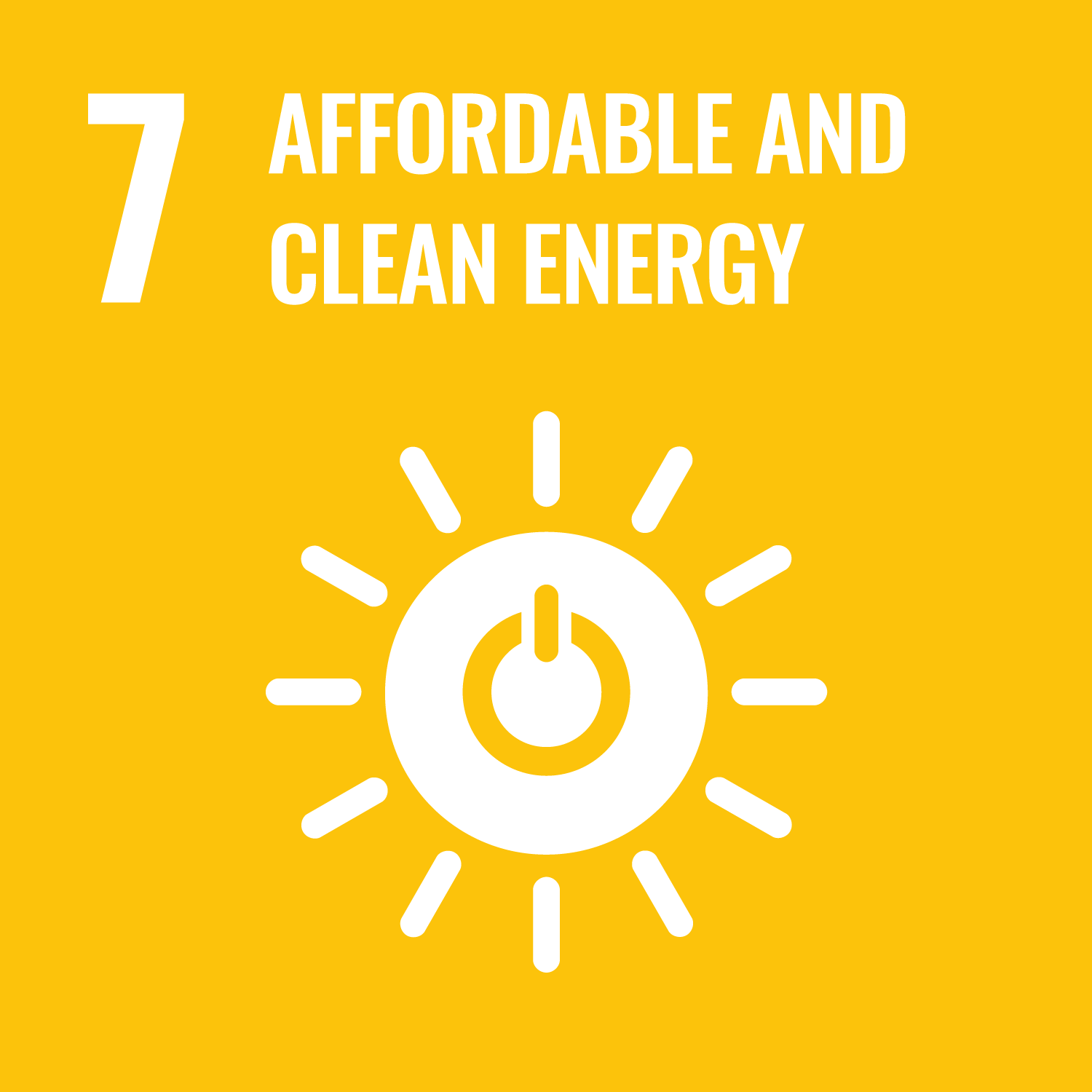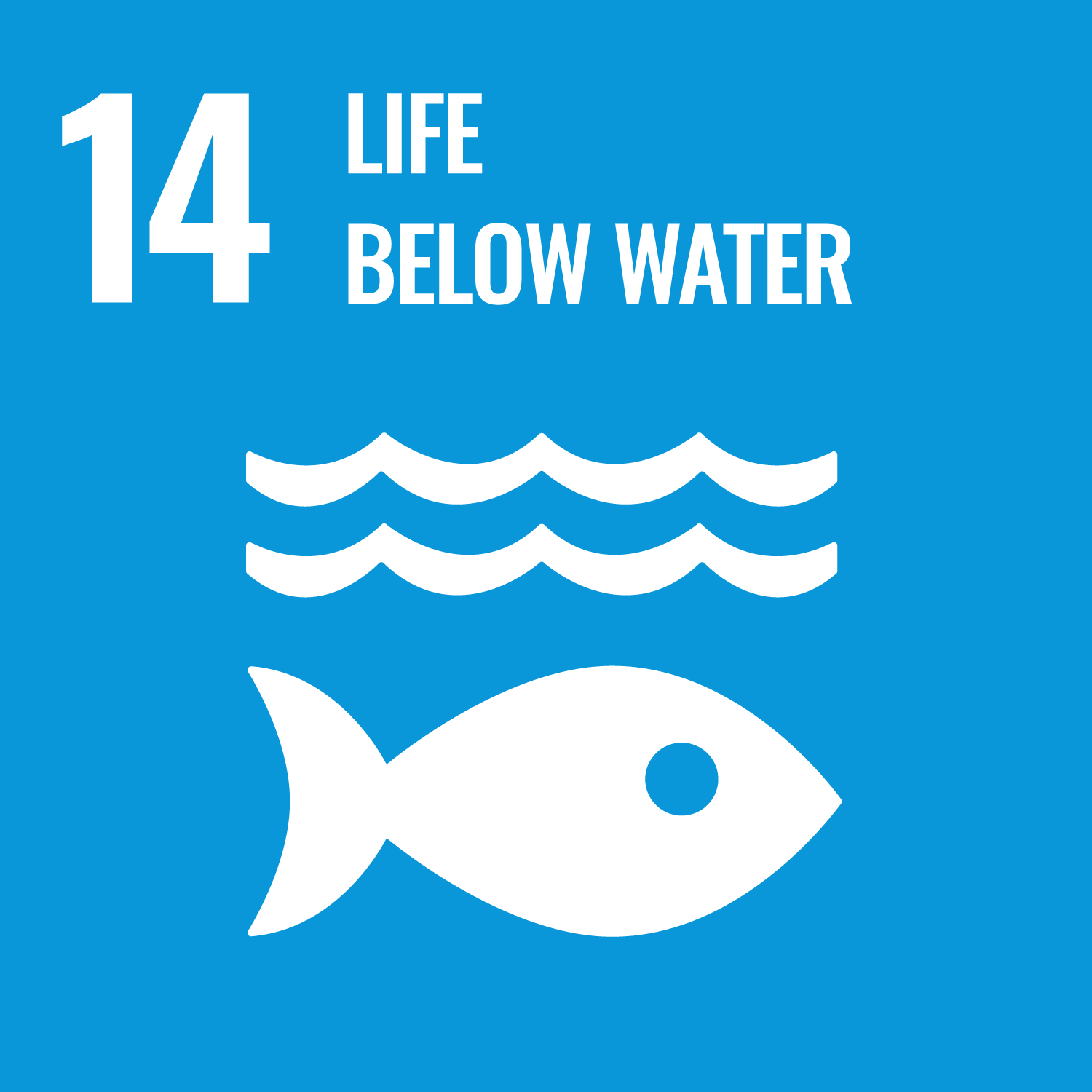ORCID
- Anaëlle J. Lemasson: 0000-0002-5158-0610
Abstract
Switching from fossil fuels to renewable energy is key to international energy transition efforts and the move toward net zero. For many nations, this requires decommissioning of hundreds of oil and gas infrastructure in the marine environment. Current international, regional and national legislation largely dictates that structures must be completely removed at end-of-life although, increasingly, alternative decommissioning options are being promoted and implemented. Yet, a paucity of real-world case studies describing the impacts of decommissioning on the environment make decision-making with respect to which option(s) might be optimal for meeting international and regional strategic environmental targets challenging. To address this gap, we draw together international expertise and judgment from marine environmental scientists on marine artificial structures as an alternative source of evidence that explores how different decommissioning options might ameliorate pressures that drive environmental status toward (or away) from environmental objectives. Synthesis reveals that for 37 United Nations and Oslo-Paris Commissions (OSPAR) global and regional environmental targets, experts consider repurposing or abandoning individual structures, or abandoning multiple structures across a region, as the options that would most strongly contribute toward targets. This collective view suggests complete removal may not be best for the environment or society. However, different decommissioning options act in different ways and make variable contributions toward environmental targets, such that policy makers and managers would likely need to prioritise some targets over others considering political, social, economic, and ecological contexts. Current policy may not result in optimal outcomes for the environment or society.
DOI Link
Publication Date
2024-01-15
Publication Title
Journal of Environmental Management
Volume
350
ISSN
0301-4797
Acceptance Date
2023-11-15
Deposit Date
2024-07-15
Additional Links
Keywords
Artificial structures, Environmental management, Expert judgement, Impact assessment, Offshore wind, Oil and gas platforms, Environmental Monitoring, Fossil Fuels, Oil and Gas Fields, Renewable Energy
Creative Commons License

This work is licensed under a Creative Commons Attribution 4.0 International License.
Recommended Citation
Knights, A., Lemasson, A., Firth, L., Beaumont, N., Birchenough, S., Claisse, J., Coolen, J., Copping, A., De Dominicis, M., Degraer, S., Elliott, M., Fernandes, P., Fowler, A., Frost, M., Henry, L., Hicks, N., Hyder, K., Jagerroos, S., Love, M., Lynam, C., Macreadie, P., McLean, D., Marlow, J., Mavraki, N., Montagna, P., Paterson, D., Perrow, M., Porter, J., Bull, A., Schratzberger, M., Shipley, B., van Elden, S., Vanaverbeke, J., Want, A., Watson, S., Wilding, T., & Somerfield, P. (2024) 'To what extent can decommissioning options for marine artificial structures move us toward environmental targets?', Journal of Environmental Management, 350. Available at: 10.1016/j.jenvman.2023.119644




